A Palestinian American writer living in Marseille returns to Paris and visits diverse worlds, including the quartier populaire at Barbès-Rochechouart, and the exhibit of Katia Kemali in the Goutte d'Or.
This time in Paris I stayed at a monastery in the 16th arrondissement. Available Airbnbs looked depressing, and I imagined hotel rooms would be cramped and noisy. I first learned of about monastery stays in Italy when I was 22 years old. I had traveled to Venice by train after my best friend’s wedding in Florence; I was wearing my aunt’s vintage gap-year backpack, and several women backpackers at the station asked me if I knew of a place to stay. As I did not, they found out about one from others and I joined them, setting off in a gondola at sunset to a renaissance-age convent on a nearby island. We slept in a vast hall with rows and rows of high metal beds made with immaculate, tight white sheets — like a scene from Madeline, the fabled children’s book by Ludwig Bemelmans. Including breakfast served by an army of nuns in a domed dining hall, this accommodation cost the equivalent of $4.50, as I remember telling my parents over the phone. When I called them, they were sitting at a café in New York City, where they were visiting relatives (“Hey, the cappuccino I’m drinking costs more than her hotel!” quipped my father, who then took to hooting with his cousins.)
I spent a day in Venice with one of the backpackers, a South African photographer. As we walked around the city, we adopted a method whereby I would “see” a shot and story, and she would take the photo. A good game for passing travelers, but I found myself wishing that I carried a camera myself. From that experience, I often try to work out the stories behind street scenes I encounter, just as my father would — avid urban flaneur that he was. Endlessly fascinated by the diversity of humans, he would sit at sidewalk cafes and speculate mischievously about goings-on and passersby.
The Paris monastery where I stayed lies in a neighborhood that’s rather prim and dull, and, in any case, is at the other end of the city from the Barbès and the Goutte d’Or neighborhoods, the historic center of Paris Arabe, where I wished to pass the day. But it has quiet gardens, and the interior took me back to similar worlds of domestic order and rhythms of daily life that I first encountered as a child in my aunt’s and grandmother’s homes in Jenin, Palestine, as well as in the Cincinnati home of my American grandmother (of German heritage). In these worlds, domesticity was raised to a high art, orchestrated by women probably too intelligent for their relatively constricted roles.
My monastery room had a large window, framing old trees and a fine building across the street with a curious relief of Bacchus vomiting — or with something else flowing from his mouth. My bed was bound in bright white sheets that smelled of fresh air, and had a simple wooden cross above it. The shower stalls had little vestiaries attached to each, and later that evening I chose one with a window, a plump, antique radiator painted ivory-white, and a wooden stool on which to place my belongings. I wandered down to the kitchen with some fruit and yogurt I had with me, and followed instructions to place the lot in one of the plastic bins provided, along with a ticket, on which I wrote, following the written instructions, my room number and séjour dates. I marveled at the three hanging dish towels, each with precise instructions (wipe: pots, knives, spoons, forks; wipe: hands; wipe: plates, bowls, saucers, cups, glasses). I was not surprised to find a special receptacle, one like that of my aunt in Jenin, for the steel wool used to scrub pans back to their original white silver (do we still do this?), and cabinets and counters so clean that the edges were a bit worn. It was all quite homey and welcoming. The nuns had anticipated their guests’ every domestic need.
I browsed the library in the adjacent dining area, assuming that the books would all concern the calling. But several did not fit a religious theme. Moreover, there were oddities, and some with latter-day evocations, perhaps inadvertent, of the relationship between the missions and empire. One title even sounded Foucauldian: Le Pouvoir et la sainteté (Power and Saintliness). I read more titles: La Grande peur des bien-pensants (The Great Fear of Conformists); L’Officier sans nom (The Officer Without a Name); Ivresse de Dieu (The Intoxication of God); Fin du monde présent et mystères de la vie future (The End of the Present World and the Mysteries of the Future Life); and Meurtre à la CIA (Murder in the CIA); Dieu à Paris (God in Paris).
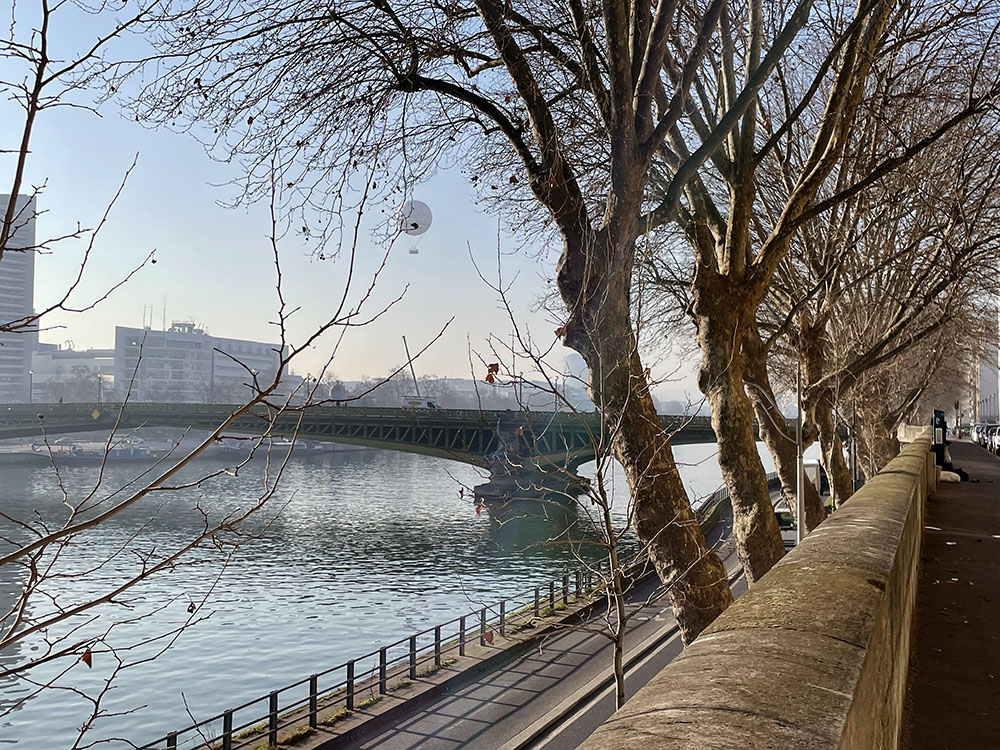
When I crossed to the other side of Paris the next morning, I ran errands and met friends, and then took train number 4 northwards. I planned on getting off at Château Rouge to walk in Barbès and the Goutte d’Or. I recalled Chirac’s infamous remark when he visited these neighborhoods, “le bruit et l’odeur” (the noise and the smell), which the band Zebda, several of whose members are of North African origin, used as the title of their 1993 album. Barbès is famous as a stronghold of the Algerian resistance during the Algerian war of liberation (1954-1962) and a theatre of police repression. I had been instructed by my friend (and TMR writer) Melissa Chemam to see an exhibit by Franco-Algerian artist Katia Kameli at the Institut des Cultures l’Islam in this neighborhood. I had noticed it advertised in the city in the form of a poster of a preposterous, beautiful bird painted in purplish-blue watercolors.
Riding the train, as we passed the Château d’Eau metro stop and arrived at the Gare du Nord, there were exclusively brown and black people left in our car. At Gare du Nord, a band of young men of North African descent briskly occupied the car. There was sudden commotion on the platform and in the train. In their riotous dance, these boys called out sharply to comrades still on the platform, instantly taking command of our common space. When the train started to move, one adolescent suddenly yanked down the emergency stop, setting off the alarm, and we lurched violently to a full stop. “You know, you’re not allowed to do this,” an older fellow pointed out to him, quite amazingly, considering that there were six to seven other teens with him, moving swiftly, forcefully, unpredictably.
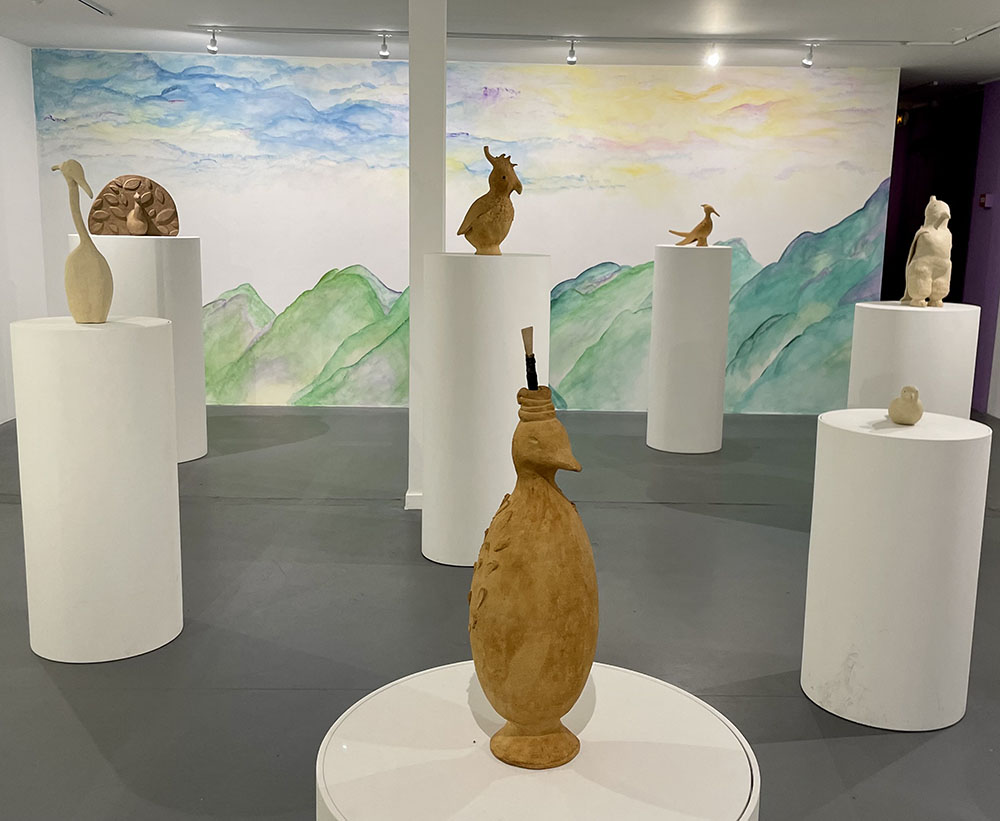
The imposing woman sitting next to me watched the goings-on as if on a television screen and continued her loud conversation in an African language, pods still in her ears. Others made statements about the incident unfolding before us, saying a woman’s cell phone had been stolen. I wasn’t sure how they knew this and I did not. I interrupted my neighbor’s phone conversation to ask her what happened and she repeated the same thing. It also was not clear if this robbery had happened on the train or on the platform, who did it, and what the role of this gang of adolescents might have been. But they were making something happen, oblivious to everyone not part of their play. I wondered at the relative calm of the passengers around me, and thought it best to make my way to the next car, until I saw that the gang was now moving there. Shouting loudly, they started to pry open the doors, using much force, and succeeded in getting onto the platform. They did what they wanted or needed to do, and without apparent fear. One boy tried to force the doors back open from the outside, attempting to return to the train, but the alarm seemed (to me) to warn of the police’s impending arrival, so perhaps he changed his mind.
In fact, the only person who did show up in the midst of this furor was a bored-looking controller, in long dreads, carrying the key to the emergency stop lever. In a snap, the boys disappeared, and when the train rocked forward as it picked up, several women took the floor of our car. One of African descent hollered: “I’m sorry to say, but Arabs are des voleuuuuurs [thieves]!” Here we go, I thought to myself, noting that she seemed désaxée (off the rails). Be that as it may, I could see that a young woman with a headscarf was becoming increasingly offended, and she interrupted the woman to say “any place has good and bad people.” The first quickly added that she did not mean people like her. More women joined in this exchange, and the tense, acrid air that had filled the car started to dissipate.
When I got out just two stops later, the street scene matched the metro car in its socio-ethnic mix. Above and below ground, we cross invisible, racialized class lines, entering neighborhoods that are gentrifying in parts, but with many dilapidated buildings, unsanitary living conditions, often with exploitatively high rents (that eat up much of what any state aid allots). People are dressed as if they rarely walk beyond their neighborhood: men in skull caps and robes, young women in house slippers and bright clothing.
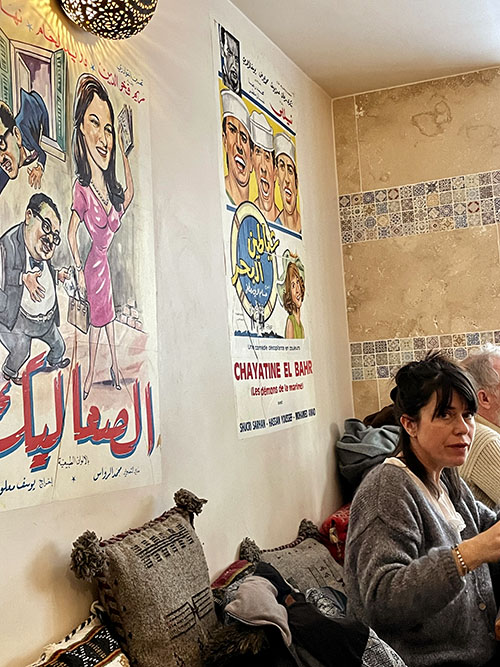
I entered a restaurant serving Maghrebi cuisine that seemed to attract people from the neighborhood and beyond, who stop by for take-out boreks or tagines, or take a seat for a meal or just coffee. Sitting under large Egyptian film posters (such as that of The Devilish Marines), I ordered a chicken tagine, as they had run out of the vegetarian one I would have preferred. When it was served to me, I soaked up the rich, slow-cooked sauce with bread. It was delicious, and the people, both customers and servers, were friendly.
As it was past the end of the lunch hour, there were few customers left, affording me the opportunity to think of the startling metro incident at the Gare du Nord. The bearing and spirit of the young men were familiar to me, thanks to my experiences in countries where disinherited young people end up creating their own societies. One was in the American Midwest, where my family lived on a street of professors and architects, and our house was the last one down the hill, on the edge of a poor neighborhood even farther down, and where our public schoolmates lived in ramshackle houses. Our elementary school was 65% non-white and socially segregated (more sharply than in French public schools), and also academically (as in France, where immigrant kids are often guided towards “professional” tracks that reroute them away from academic schooling entirely). The talented and gifted classes in my mid-Western elementary school were all white. Sometimes, these kids had to race home after school to avoid getting beaten up by their excluded, under-privileged schoolmates.
The other society was in Palestine under Israeli occupation, where considerable numbers of boys and also girls lived by their own rules, pelting Israeli army jeeps with rocks, building and burning barricades in demonstrations, jumping walls, and barring streets to hold back army jeeps and armored vehicles. It was a constant struggle to take possession of the streets. We were proud of neighborhoods that Israeli soldiers would not enter (Nablus’s old city, at the time), for fear of raining rocks, pans of hot water, cooked food, and potted plants, pushed by women over balconies and onto soldiers marching along the narrow streets below.
It is the energy and attitude of the boys on the Paris metro at the Gare du Nord that were recognizable to me despite these very different contexts. They are self-fashioned, and violate the rules of the racialized socio-economic system that excludes them, trying in the process to create an alternative world that perhaps meets something of their short-term desires and needs. And all three worlds I lived in or next to have significant police states and jail cultures — extensive systems of repression and incarceration.
After lunch, I made my way to the museum. A few doors down from the restaurant, I stopped to admire a vitrine displaying more eggs than I have ever seen in a storefront. A man was scraping muck water out of the store with a raclette de sol, or squeegee on a broom handle. From life in the Middle East and Maghreb, I knew there were live chickens in there. The worker was speaking an African language (one I could not identify) with a friend standing outside, next to me, and I waited patiently until he finished cleaning. Inside, sure enough, I found a room used as a coop, full of cramped chickens. Later I showed a photo of this arrangement to a friend who lives in the 20th arrondissement and she was shocked, exclaiming that it is illegal. Indeed, Paris is a city with vibrant village and souq cultures (still) within city limits, like many urban centers with big immigrant populations.
Heading towards the museum around the corner, I wondered if I had just eaten a tagine of one of those birds.
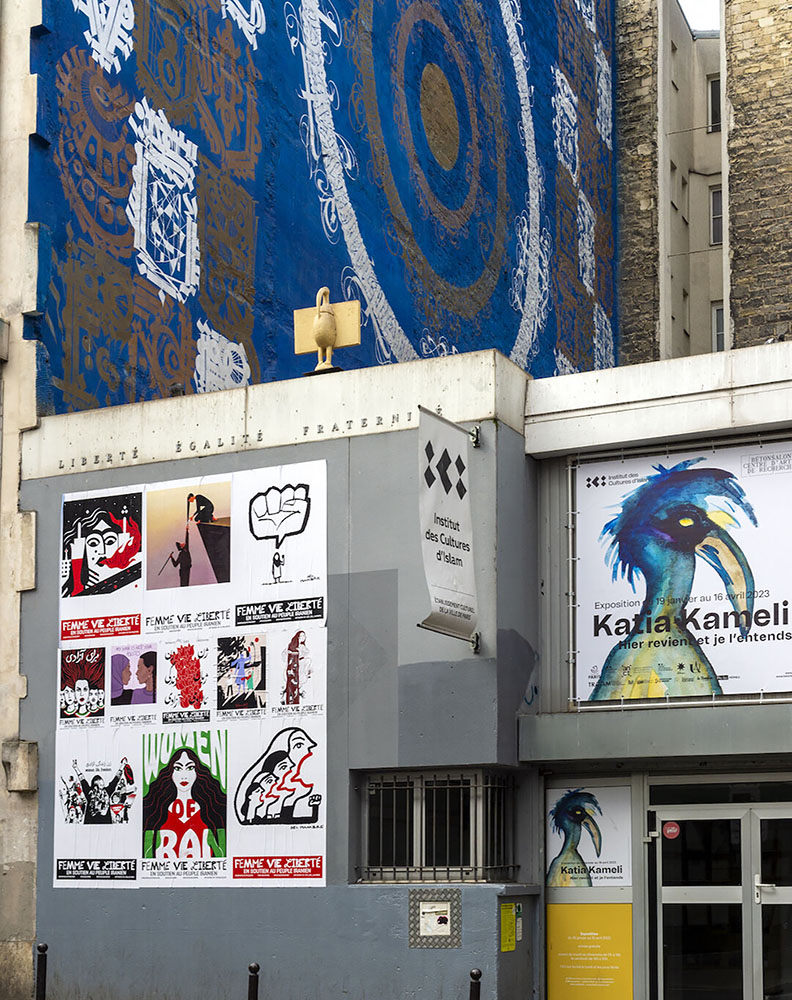
L’Institute des Cultures d’Islam is a modest, pleasant space with a courtyard and a restaurant/cafe. I looked forward to seeing Kemali’s interpretation of Farid ud-Din Attar’s Conference des Oiseaux (The Conference of the Birds), a mystical 12th-century poetic work accompanied by over two hundred exquisite Persian, Turkish, and Indo-Pakistani miniatures. The Conference recounts the migration of thousands of birds in search of Simorgh (in Persian, “30 birds”), an allegory of the divine, that can be found in the heights of the mythical Mount Qaf (the farthest point on earth in the Persian and Arabic traditions). The birds traverse seven valleys (of desire, love, plenitude, knowledge, perplexity, and so on), shedding ego and possessions on the way. Only 30 arrive in the blessed garden.
Kemali’s work of clay instruments, in the shapes of large birds, and her watercolor capes, are elegantly arranged in an exhibition hall. In the adjacent room is a film showing young women flutists from the Conservatoire Municipal Gustave Charpentier de Paris in this same neighborhood. I watched them, dressed in Kemali’s pastel capes, play the clay bird flutes as they gently promenaded through the conservatory and the neighborhood before finally congregating in the garden. Their birdsong, at once ethereal and earthy, sent me into a Sufic trance of sorts. I realized that Kemali invites visitors to become a 31st bird in the mystical gardens of Mount Qaf, if they can.
Later, I traveled from Barbès back to monastic life in the bourgeois 16th, to its very different practice of spirituality and ritual. And yet I experienced no impenetrable unfamiliarity in this passage. Worlds made invisible, represented or self-represented as isolated, are never so. The French missions and empire and the lands of the Middle East and the Maghreb are connected historically and culturally, through domination and exchange, with Paris a longstanding meeting point. Small travel, as I conceive of it, observant and conversant, through space, experience, and memory, can evoke this connectedness, and ultimately help forge new forms of cultural transmission.
That evening in the monastery’s guest kitchen, I scanned more book titles on the shelves while eating my fruit and yogurt. Suddenly I lighted on Sœur Emmanuelle’s Chiffonnière avec les Chiffonniers (a ragpicker among ragpickers), which narrates her missionary-humanitarian work over twenty years in Cairo’s Hayy el-Zabbaleen (the garbage recycling neighborhood) — the same world that is the subject of my next essay…



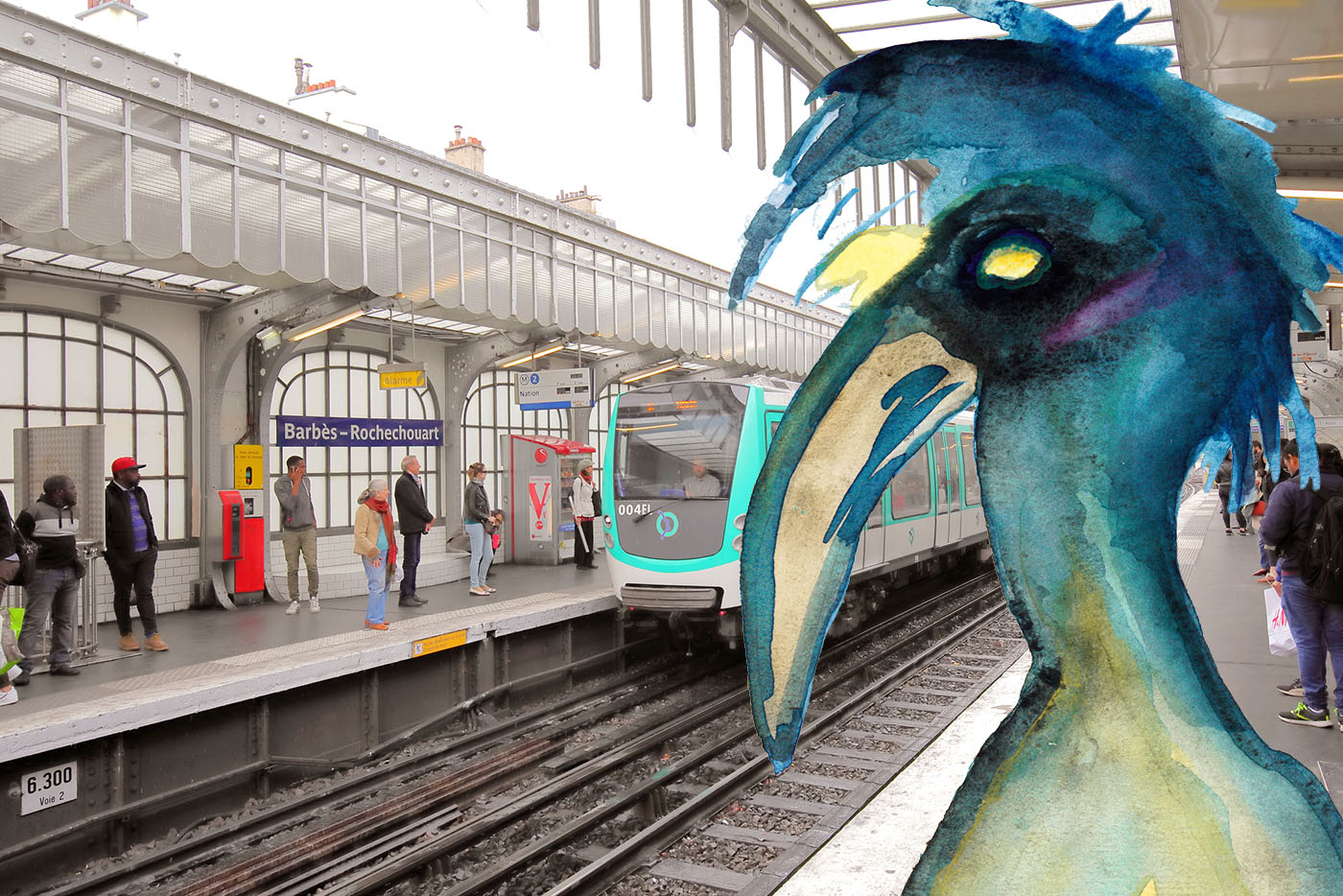
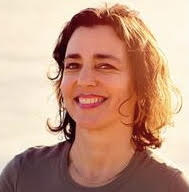
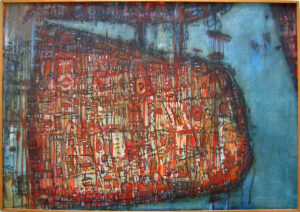
![Ali Cherri’s show at Marseille’s [mac] Is Watching You](https://themarkaz.org/wp-content/uploads/2025/09/Ali-Cherri-22Les-Veilleurs22-at-the-mac-Musee-dart-contemporain-de-Marseille-photo-Gregoire-Edouard-Ville-de-Marseille-300x200.jpg)
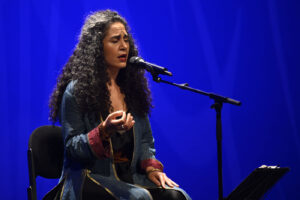


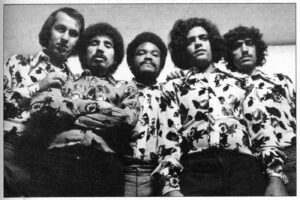
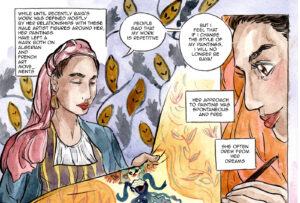


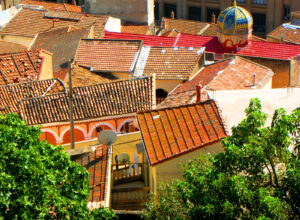
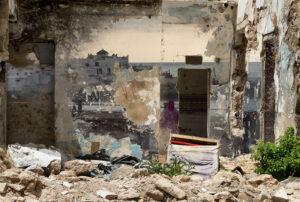

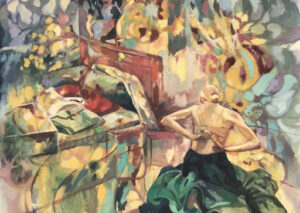


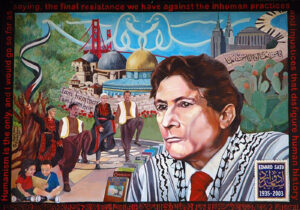



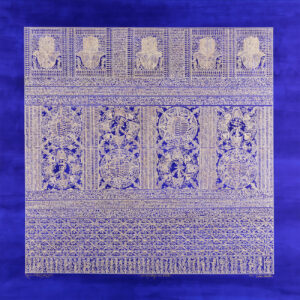
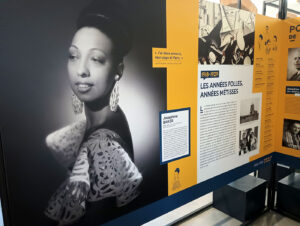

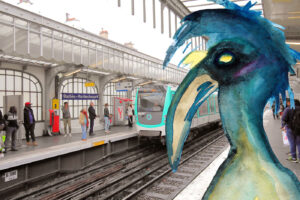

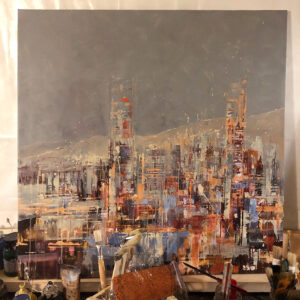

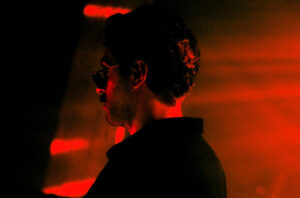
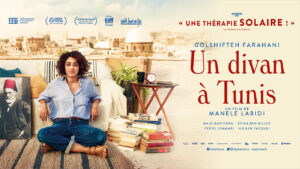
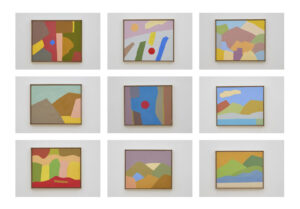

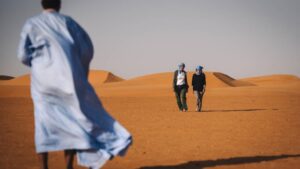
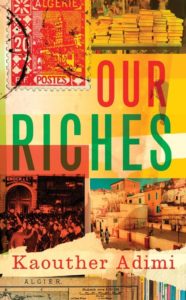

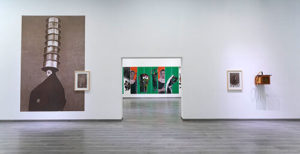
Jenine, in her “observant and conversant through space, experience and memory” addressed in a light, yet highly eloquent account, many contemporary issues such as social inequality and the parallel culture created by the underprivileged. Anxiously waiting to read the upcoming article on Cairo’s zabbaleen district.
This is a lovely, beautifully written essay, and an important lesson in how to perceive more of the worlds we share.
Yes, lovely and light-handed…